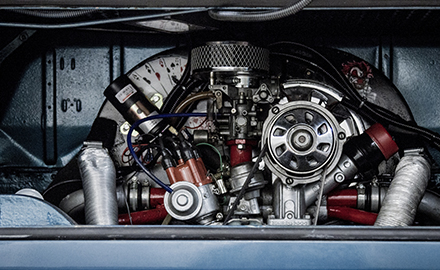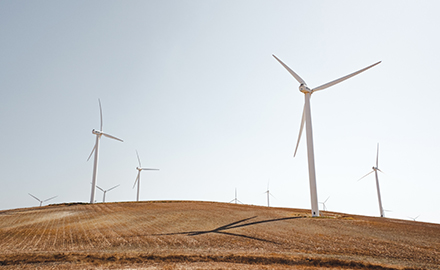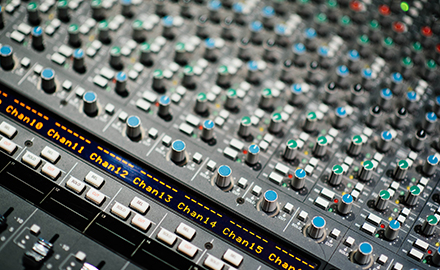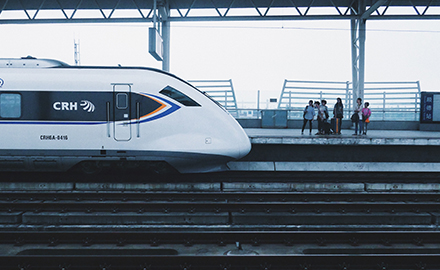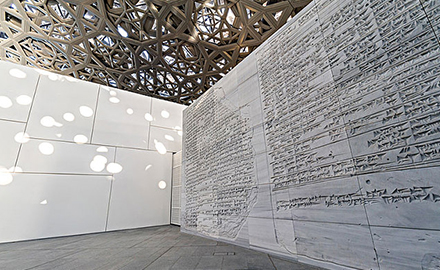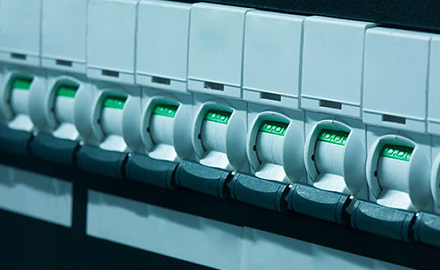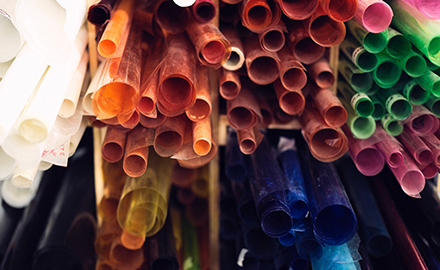1. Materials of BMC molding
The components of BMC and SMC are similar, but as for BMC material, it should blend the polyester resin and additives together to form a resin mixture, and then adds the fillers. Next, reduce the mixing speed in the "premix" to prevent the glass fiber from cracking. If the material needs to be further concentrated, a thickener should be added, and this material can be used for mould pressing and injection molding. The principle of BMC molding and its process are basically the same as other thermosetting plastics. During the pressing period, a certain amount of BMC molding compound should be put into a preheated press mold, and then it should be pressurized and heated to make it finally become the required product.
2. Technological characteristics of BMC molding
① There is small amount of waste material, usually only accounting for 2%-5% of the total material consumption, and the actual material loss also depends on the shape, size and complexity of the molded product.
② Though the BMC molding compound contains a large amount of glass fiber in the BMC molding process, it does not generate strong fiber orientation, so the uniformity and compactness of the product are relatively high, and the residual internal stress is also comparatively low.
③ In the process of processing, it can keep high mechanical and electrical properties since the filler and the fiber are seldom fractured.
④ The abrasion of the mold cavity is not so serious and the maintenance cost of the mold is low due to the relatively short flow length during the pressing stage.
⑤ Compared with injection molding, the investment cost of BMC mold's equipment, mold itself and other costs are even lower and so does the molding cost of the entire product.


 English
English 日本語
日本語 français
français Deutsch
Deutsch Español
Español italiano
italiano русский
русский العربية
العربية tiếng việt
tiếng việt Polska
Polska română
română




